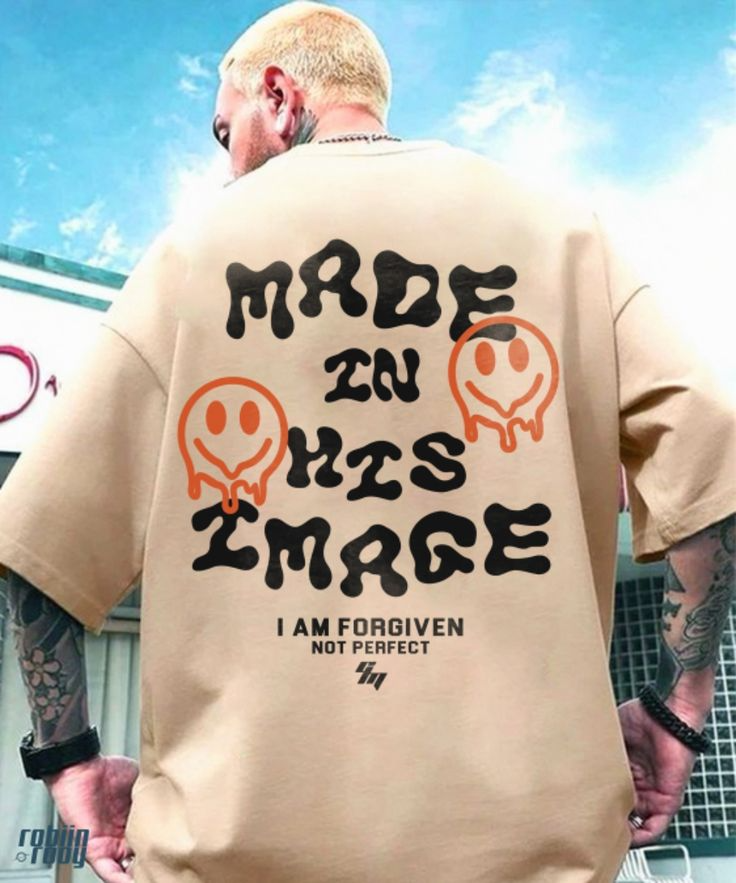Currently Empty: $0.00

The t-shirt is a clothing item that has become so ubiquitous in modern fashion that it’s hard to imagine a wardrobe without it. From casual wear to high fashion, the t-shirt has evolved and adapted, becoming a symbol of comfort, individuality, and style. In this essay, we will explore the history of the t-shirt, its cultural significance, the different types and materials used, its role in fashion, and its environmental impact.
The History of the T-Shirt
The history of the t-shirt dates back to the early 20th century. Originally, t-shirts were considered undergarments, worn by soldiers during the Spanish-American War in 1898. They were designed to be lightweight and easy to wear, offering comfort during physical activities. The t-shirt was introduced into mainstream fashion in the 1920s, when it was recognized as an appropriate outer garment for warmer weather.
The modern t-shirt, as we know it today, emerged in the post-World War II era. Soldiers returning home from the war brought with them the casual style of wearing t-shirts as a top garment. In the 1950s, t-shirts were further popularized by Hollywood stars such as Marlon Brando and James Dean, who wore them in iconic movies like A Streetcar Named Desire and Rebel Without a Cause. These films contributed to the image of the t-shirt as a symbol of youthful rebellion and masculinity.
In the 1960s and 1970s, t-shirts became an important medium for self-expression. Graphic designs, slogans, and logos began to appear on t-shirts, reflecting political movements, social causes, and personal beliefs. This era saw the rise of countercultures, and t-shirts were used as a canvas for protests, political statements, and cultural identity.
The Cultural Significance of the T-Shirt
The t-shirt is more than just a piece of clothing; it has become a cultural symbol. It serves as a means of communication, conveying messages without the need for words. From band logos to political slogans, t-shirts have been used to express individual identity, support causes, and reflect personal beliefs.
One of the most significant cultural movements to embrace the t-shirt was the punk rock movement in the 1970s. Punk bands like the Sex Pistols and The Clash used t-shirts as a way to promote their music and attitude, often incorporating provocative slogans and imagery. This trend continued into the 1980s, when graphic t-shirts became a popular fashion item among teenagers and young adults.
The 1990s saw the rise of streetwear fashion, which further cemented the t-shirt’s place in popular culture. Brands like Supreme, Stüssy, and Off-White began producing t-shirts with bold logos, graphic designs, and references to urban culture. These brands catered to a young, fashion-conscious audience that valued exclusivity and individuality.
T-shirts have also played a significant role in social and political movements. For example, during the civil rights movement in the 1960s and 1970s, t-shirts with messages like “I Am a Man” were worn by African American activists to protest against racial inequality. Similarly, t-shirts with feminist slogans and LGBTQ+ pride messages have been worn to advocate for gender equality and LGBTQ+ rights.
Types of T-Shirts
T-shirts come in various styles and cuts, catering to different body types and fashion preferences. The most common types of t-shirts include:
- Crew Neck: The crew neck is the most traditional and widely worn style of t-shirt. It features a round neckline that sits comfortably around the base of the neck. This style is versatile and can be dressed up or down, making it a staple in many wardrobes.
- V-Neck: The v-neck t-shirt has a neckline that forms a “V” shape, creating a more elongated and flattering look. This style is popular among both men and women and is often worn in more formal or semi-casual settings.
- Polo Shirt: The polo shirt is a more refined version of the t-shirt, with a collar and buttons at the neck. While still casual, polo shirts are often considered more appropriate for business casual settings or outdoor activities.
- Long Sleeve T-Shirt: A long sleeve t-shirt offers more coverage than the traditional short-sleeve version. It is ideal for cooler weather and can be worn as a layering piece or on its own.
- Graphic T-Shirt: Graphic t-shirts are characterized by bold designs, logos, slogans, or images printed on the front or back. They are often used to showcase personal interests, such as favorite bands, sports teams, or pop culture references.
- Tank Top: The tank top is a sleeveless version of the t-shirt, often worn in hot weather or as an athletic garment. It is popular in casual and sportswear fashion.
Materials Used in T-Shirts
T-shirts are made from a variety of materials, each offering different benefits in terms of comfort, durability, and style. The most common materials used in t-shirts include:
- Cotton: Cotton is the most popular material for t-shirts due to its softness, breathability, and natural fibers. It is comfortable to wear, especially in warm weather, and is easy to care for. Cotton t-shirts are available in a wide range of colors and can be dyed or printed with various designs.
- Polyester: Polyester is a synthetic fabric that is often blended with cotton to create a more durable and moisture-wicking t-shirt. Polyester t-shirts are lightweight and resistant to wrinkles, making them ideal for sports and activewear.
- Linen: Linen is a natural fiber made from the flax plant. Linen t-shirts are lightweight and breathable, making them ideal for hot climates. However, linen tends to wrinkle easily, which may be a consideration for some people.
- Bamboo: Bamboo fabric is gaining popularity in the fashion industry due to its sustainability and softness. Bamboo t-shirts are hypoallergenic, moisture-wicking, and environmentally friendly, making them a great choice for eco-conscious consumers.
- Blends: Many t-shirts are made from a blend of different fabrics, such as cotton-polyester blends or cotton-spandex blends. These blends combine the benefits of different materials, offering a balance of comfort, stretch, and durability.
T-Shirts in Fashion
The t-shirt has evolved from a basic undergarment to a fashion statement. Designers and fashion houses have embraced the t-shirt, elevating it from casual wear to high fashion. In recent years, the rise of “athleisure” and streetwear fashion has made the t-shirt an essential item in both men’s and women’s wardrobes.
High-end fashion brands like Balenciaga, Gucci, and Louis Vuitton have incorporated t-shirts into their collections, often featuring bold logos, unique graphics, or avant-garde designs. These designer t-shirts are typically more expensive than their mass-produced counterparts, but they offer a way for fashion enthusiasts to showcase their personal style and status.
Streetwear brands have also played a significant role in popularizing t-shirts as a fashion item. Brands like Supreme, Off-White, and Bape have created limited-edition t-shirts that are highly coveted by fashion collectors. These t-shirts often feature bold graphics, iconic logos, and collaborations with artists or celebrities.
T-shirts are no longer limited to casual settings. They can be dressed up with a blazer or paired with tailored pants for a smart-casual look. Fashion-forward individuals often experiment with t-shirt styling, using them as a base layer for layering other garments or accessorizing with statement jewelry or scarves.
Environmental Impact of T-Shirts
While t-shirts are an essential part of modern fashion, they also have a significant environmental impact. The production of cotton, which is the primary material used in t-shirts, requires large amounts of water and pesticides. The fashion industry is one of the largest polluters in the world, and t-shirt production contributes to pollution and waste.
In response to these concerns, many brands have begun adopting sustainable practices in their t-shirt production. Organic cotton, which is grown without the use of synthetic pesticides and fertilizers, is one alternative to conventional cotton. Additionally, some companies are using recycled polyester or bamboo fabric to create more environmentally friendly t-shirts.
Consumers can also take steps to reduce the environmental impact of their t-shirt purchases. Choosing high-quality t-shirts that will last longer, washing t-shirts in cold water, and air-drying them can all help reduce the carbon footprint of t-shirt ownership. Donating or recycling old t-shirts instead of throwing them away can also help reduce textile waste.
Conclusion
The t-shirt is more than just a basic clothing item; it is a cultural icon that has evolved over the years to become a symbol of comfort, individuality, and style. From its humble beginnings as an undergarment to its status as a fashion statement, the t-shirt has played an important role in shaping modern fashion. Whether worn for comfort, self-expression, or as part of a high-fashion ensemble, the t-shirt remains a timeless and versatile piece of clothing.
As the fashion industry continues to evolve, the t-shirt will undoubtedly remain a staple in wardrobes around the world. However, as awareness of environmental issues grows, it is important for consumers and brands alike to consider the sustainability of t-shirt production and strive to make more eco-conscious choices.

